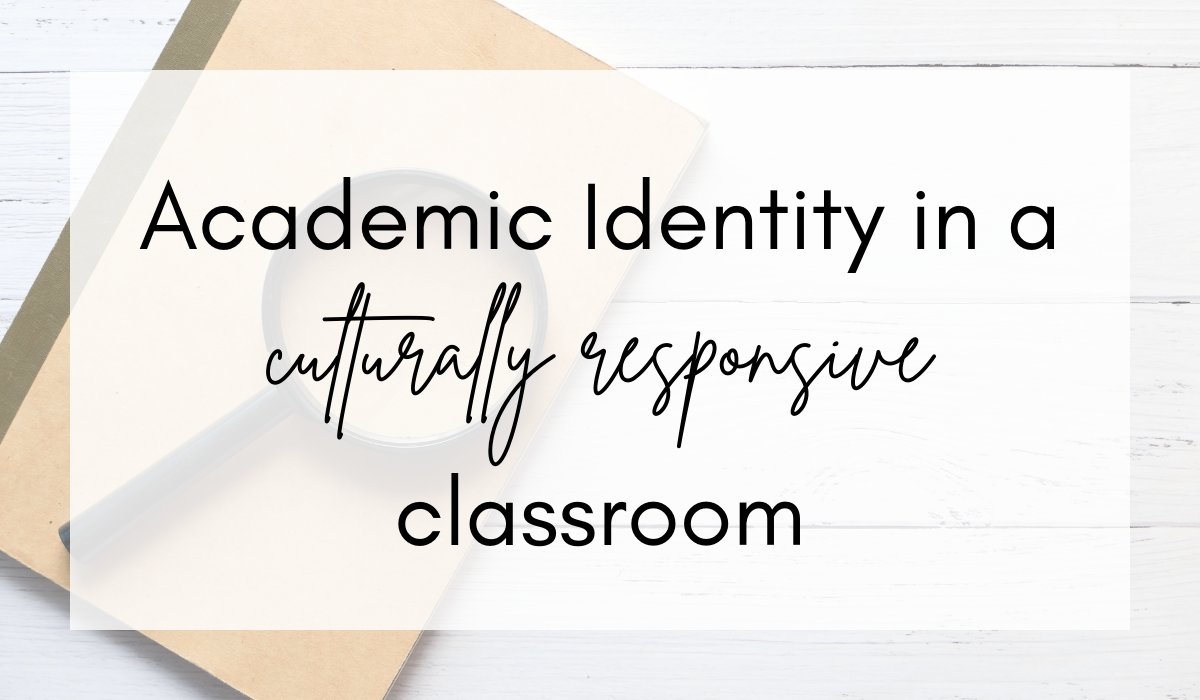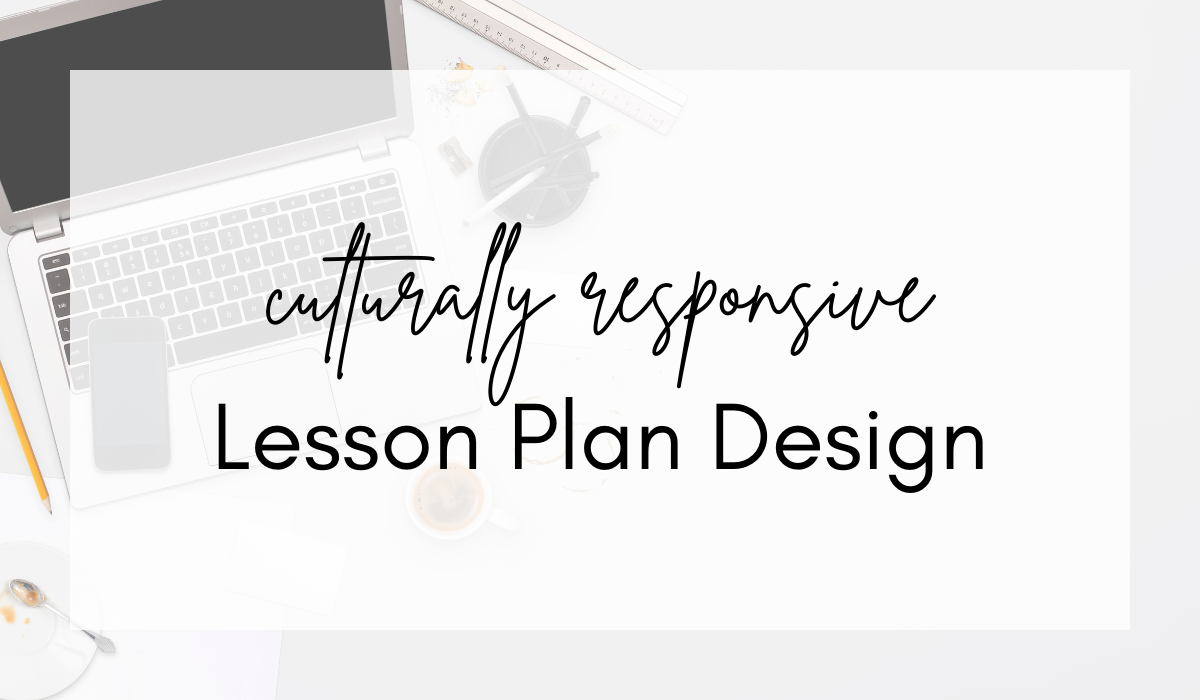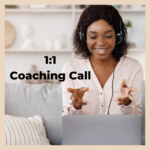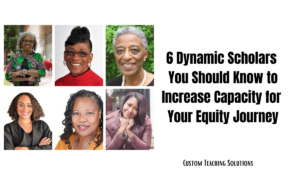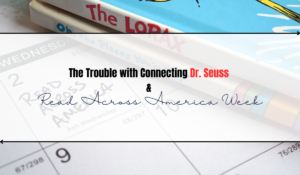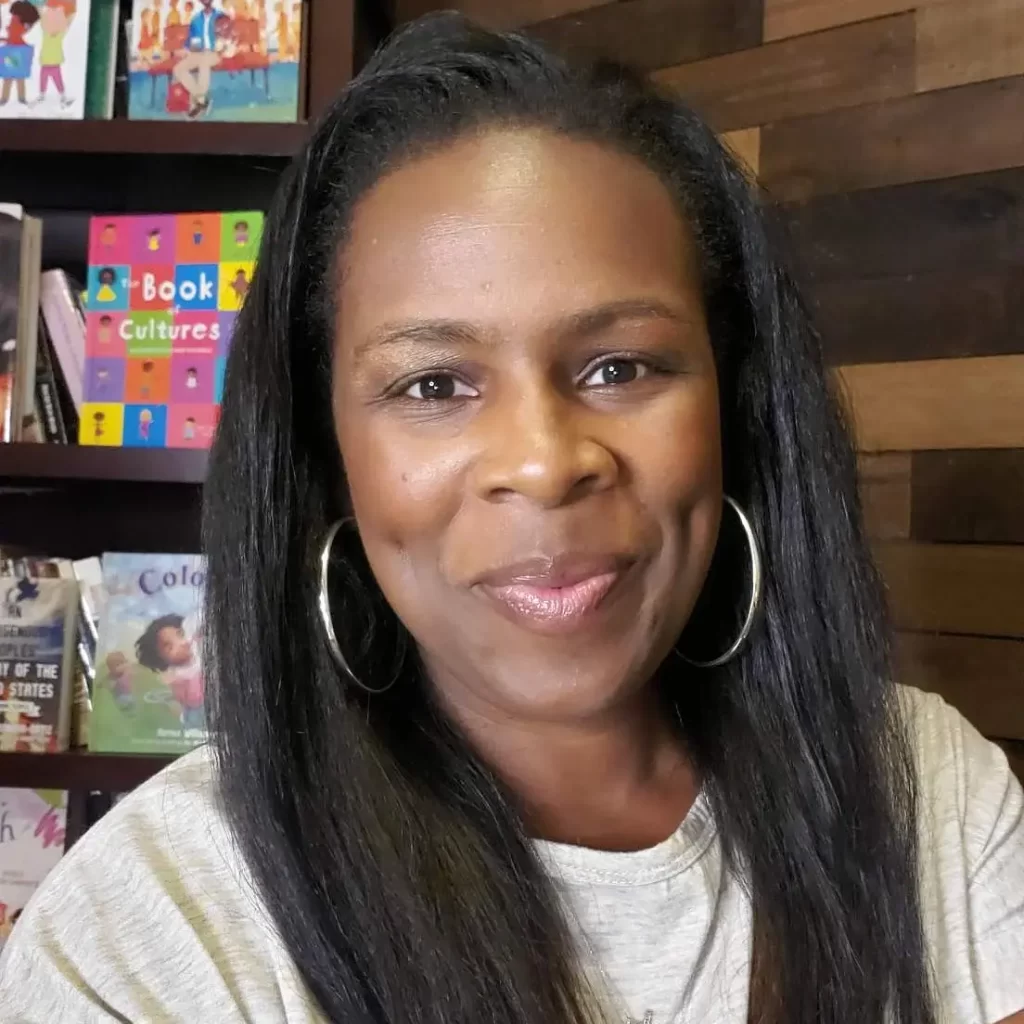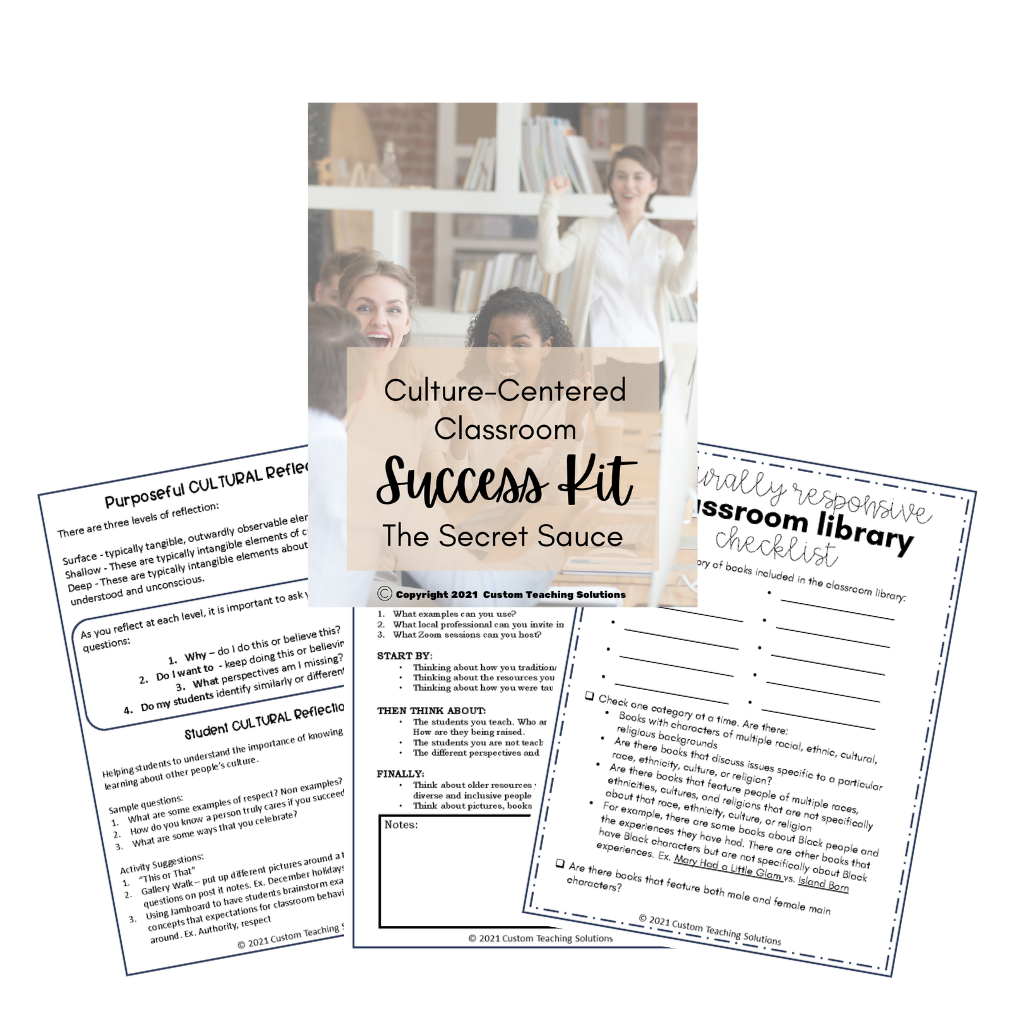The key to empowering students to believe in their ability to succeed academically is creating a culturally responsive classroom this year. In a culturally responsive classroom, students SEE the importance of their people and perspective, as well as the power of their voice. Students also learn the importance of engaging with different people and perspectives in order to have a fuller, deeper, richer understanding of the world in which they live. So, let’s kickstart your culturally responsive classroom!
Empower is a verb. It is an action. That means, we as educators, need to show AND tell. The best way to do that is through the development of a student’s academic identity, lesson plan design, and the resources used to support learning. To effectively engage these strategies, teachers need to begin with reflection. Self-reflection is a powerful tool that allows fresh eyes, maturity, and wisdom to look at past events and experiences that shape the present person.
So, what does reflection look like in relation to academic identity, lesson plan design, and resource choice?
Academic Identity in a Culturally Responsive Classroom
Every student that walks into your classroom has an academic identity. Yes, even preschool students. Every student has a unique academic identity. The identity might be shaped by multiple influences and experiences, or just a few, but it is still present. In order to effectively affirm students, you should be aware of the student’s academic identity.
First, begin by reflecting on your own academic identity for the subject you teach. At this age, in this grade, did you feel like a mathematician? A scientist? A historian? A writer?
Who and what contributed to your academic identity at this time? What gave you confidence, or made you feel defeated?
Now, consider your students. Then ask them. Provide some time for them to reflect on who they are as young scholars in your class. Take this information and use it to foster a classroom environment where students are empowered. Here are three ways to do this:
- Provide examples of people who identify in similar ways that have been successful.
- Allow students to engage with material and experience success through ways in which they are historically and culturally accustomed.
- Consider the lens through which you define success. Who has created the bar for success? Why? Who benefits from this definition? How are some student’s at a disadvantage because of this definition?
Culturally Responsive Lesson Plan Design
Lesson plans that allow all students to be successful and empowered academically are culturally responsive. These lessons consider the learning preferences of the student over the teaching preferences of the educator. These lessons center the cultural beliefs, traditions, and norms of the students over those of the teacher.
Three things to reflect on when designing culturally responsive lessons:
- Reflect on how you were taught this subject? Are you teaching it the same way? Why or why not?
- Are there window, mirror, and sliding glass door texts? This is NOT specific to English/Language Arts class. There are texts in every subject area. Consider whether your students will have an opportunity to see people and perspectives that are similar and different from their own.
- How do students connect their learning in ways that will help them understand the world around them?

Resources to Support Learning
You might teach a subject area that you feel is more challenging to make culturally responsive. This is where resources can be a powerful asset. Begin by reflecting on the resources you traditionally use to support student learning.
Ask yourself three challenging, but important questions:
- Examine each lesson and ask, “Why am I using this resource?”
- Are these resources engaging for the students or convenient for you?
- Are you using resources that were used when you were a student?
Here are three resources you can use to revamp and reimagine your lessons:
- Your students – they bring a wealth of diverse perspectives, experiences, and connections. Tap into this.
- Ask these anchor questions when planning:
- What are my students learning about themselves; their thinking and preferences?
- What are my students learning about their peers locally, nationally, and globally?
- What are my students learning about the world around them?
- Use social media like Instagram or blogs to discover newer books, diverse perspectives, and become aware of a wide variety of people’s contributions.
Empowering students to believe they can be academically successful can begin with a few simple steps. I am excited for you to kickstart your culturally responsive classroom this school year!
I have given you some great ideas to consider, but sometimes it is just easier to talk through your specific lesson and student needs. I am here to partner with you on this journey. Let’s hop on a quick coaching call. Get all the details HERE!


